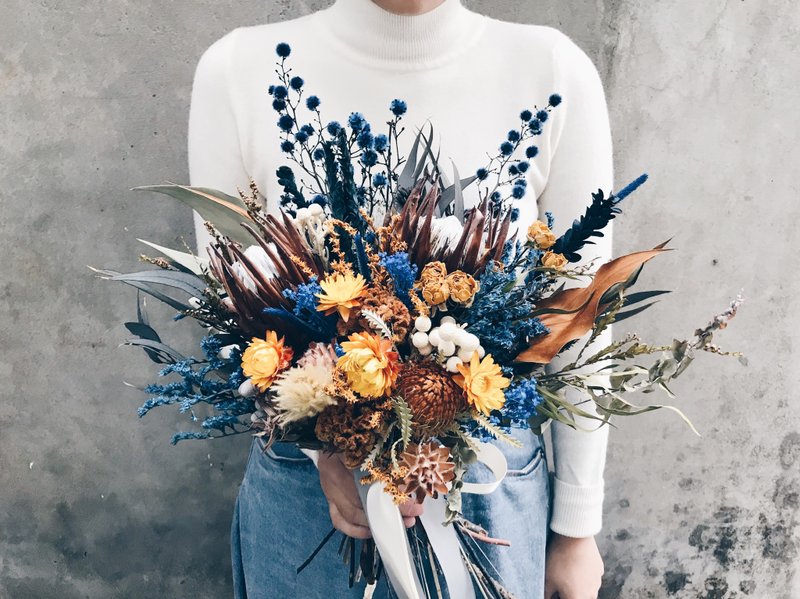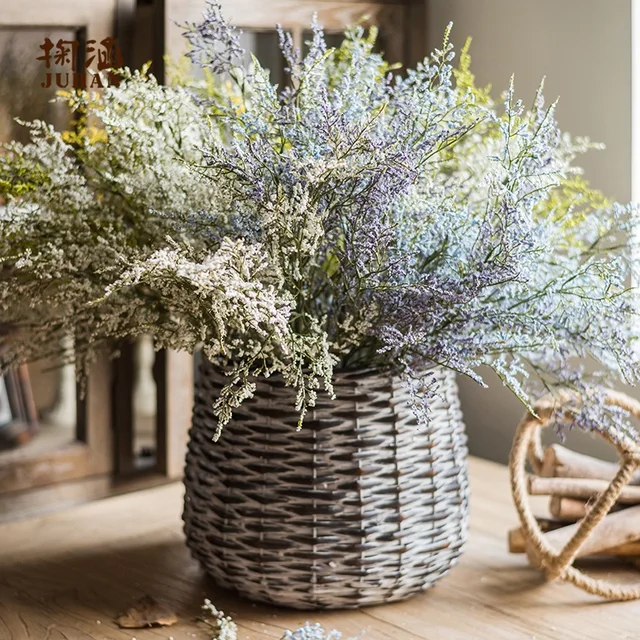5 ways to dry fresh flowers

Your love may last forever, but maybe not those fresh roses you get on Valentine’s Day or that big birthday bouquet. If you make the small effort to dry them, however, they will be around for as long as you want.
And it’s not just roses. With garden flowers about to wilt as the heat intensifies and they come to the end of their season, cut your lavender, salvia and other summer flowering plants and bring them indoors for a different perspective.
Keeping with tradition
The traditional way to dry flowers is to make sure there is no moisture in the flower or on the stem, then gather them into small bunches and tie up with string. Many flowers, especially roses, droop at the top of the stem when they begin to fade, so hanging them upside down fixes this effect.
The bunches then need to be stored in a dry, dark place with good ventilation for a couple of weeks. Anywhere near the kitchen, laundry or bathroom means the air has too much moisture and will hamper, even stop, the drying process.
This drying process means the petals will shrink a bit and lose some of their vibrant colors, but instead, they’ll have that pretty faded, vintage look.
Try silica gel crystals
Drying using silica gel crystals means you will retain most of the color. Don’t use the little-desiccated packets you find in shoeboxes but special flower drying crystals that come with white and colored beads. When the colored beads fade, the gel is no longer active and needs to be replaced.
Simply bury your flowers in a large container of silica gel and in just a few days or a week you will be able to pop them in a vase (no water, though), in a bowl, or hang them on a wall and display them with all their glory intact. Roses and lavender work really well with this method.

Some flowers need no help
Some flowers, such as hydrangeas and gypsophila, dry out with no effort on your behalf. Cut them from your garden, remove the leaves, put them in a vase with a little water at the bottom, move them to a place that is cool and ventilated but where there is no sunlight, then forget about any more care. The water will soon be gone and the flowers will dry out, but they will still be upright and as pretty as ever. The color will fade in hydrangeas, so use silica gel if you want to retain color intensity.
Flowers that are already dry
One group of flowers comes to you already dried. Australian native everlasting daisies are famous for their naturally dried flowers. Paper daisy (Bracteantha bracteata) and straw flowers (Xerochrysum bracteatum) can flower in the garden for several years. They’ll last even longer when cut and brought indoors.

Original post published: Better Homes
Date of publication: February.20.2019